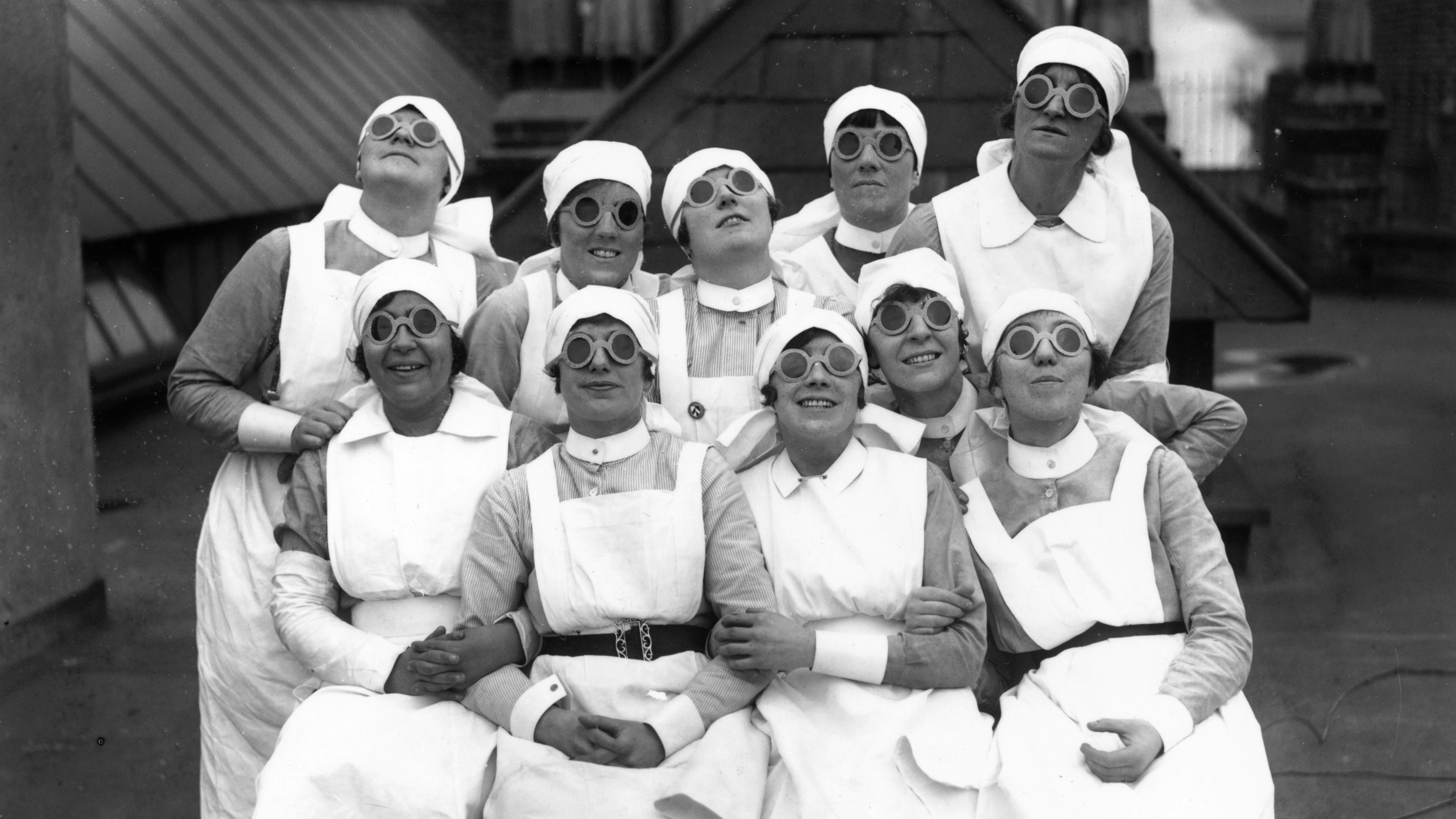
A total solar eclipse will occur on April 8 and be visible through northern Mexico, parts of 15 U.S. states and southeastern Canada.
About 31 million people live within the path of totality — a 115-mile (185-kilometer) wide route through Northern America where the moon will cover 100% of the sun's disk — making it one of the most-watched eclipses ever. You can also keep up with all the eclipse content with our total solar eclipse live blog and watch it live here on Space.com.
The complete veiling of the sun by the moon has captivated humans for millennia and there's no surprise why. When the sky darkens and the temperature drops, all we can do is watch in awe as the spellbinding event unfolds.
Related: Total solar eclipse live blog
Here we take a look at some iconic photographs through the ages of people enjoying the beauty and wonder of a solar eclipse.
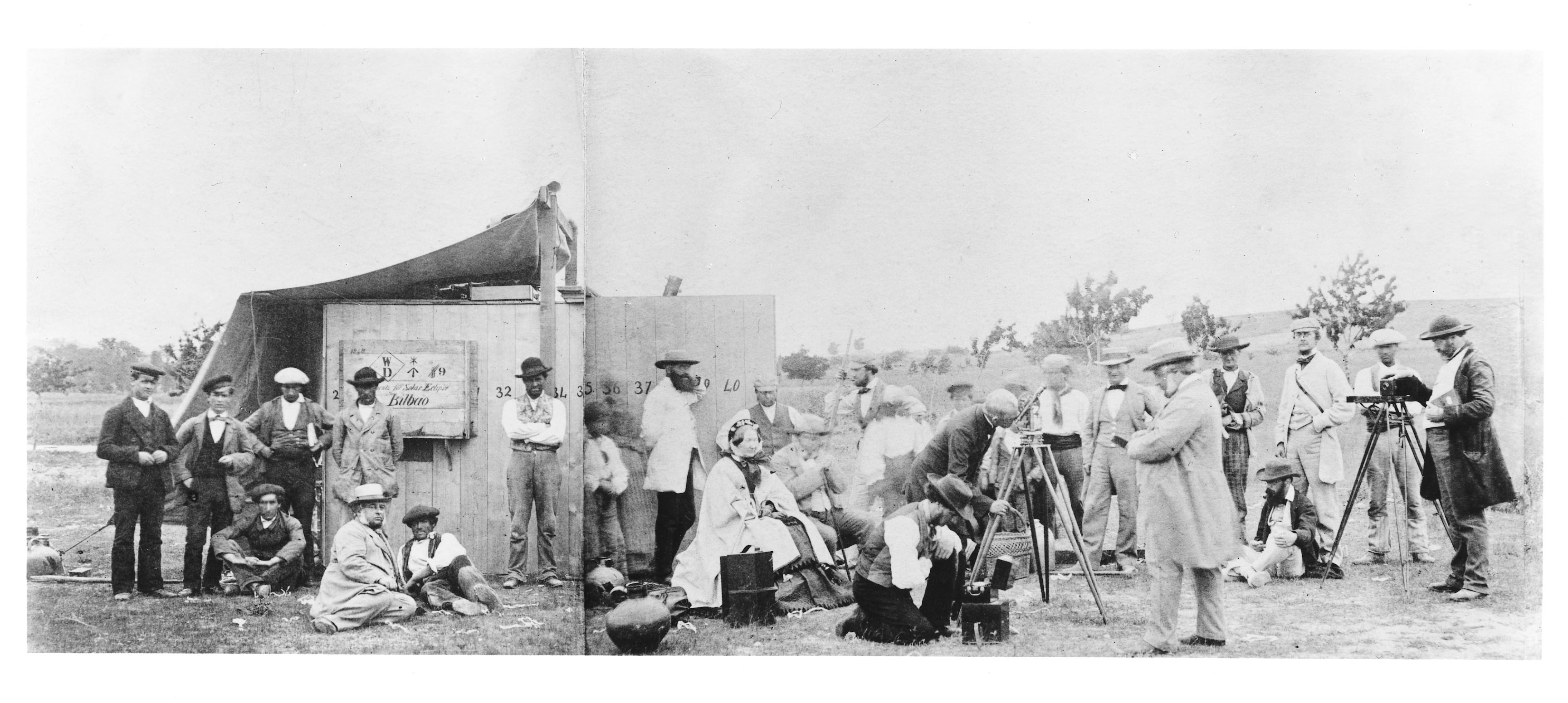
Above is an image taken on July 18, 1860. It shows a crowd gathered to watch the total solar eclipse from Rivabellosa, Spain. You can see the lens of the telescope just above its shelter. Warren De La Rue (1815-1889) a pioneer in astronomical photography, appears twice as this view was montaged from two separate photographs.
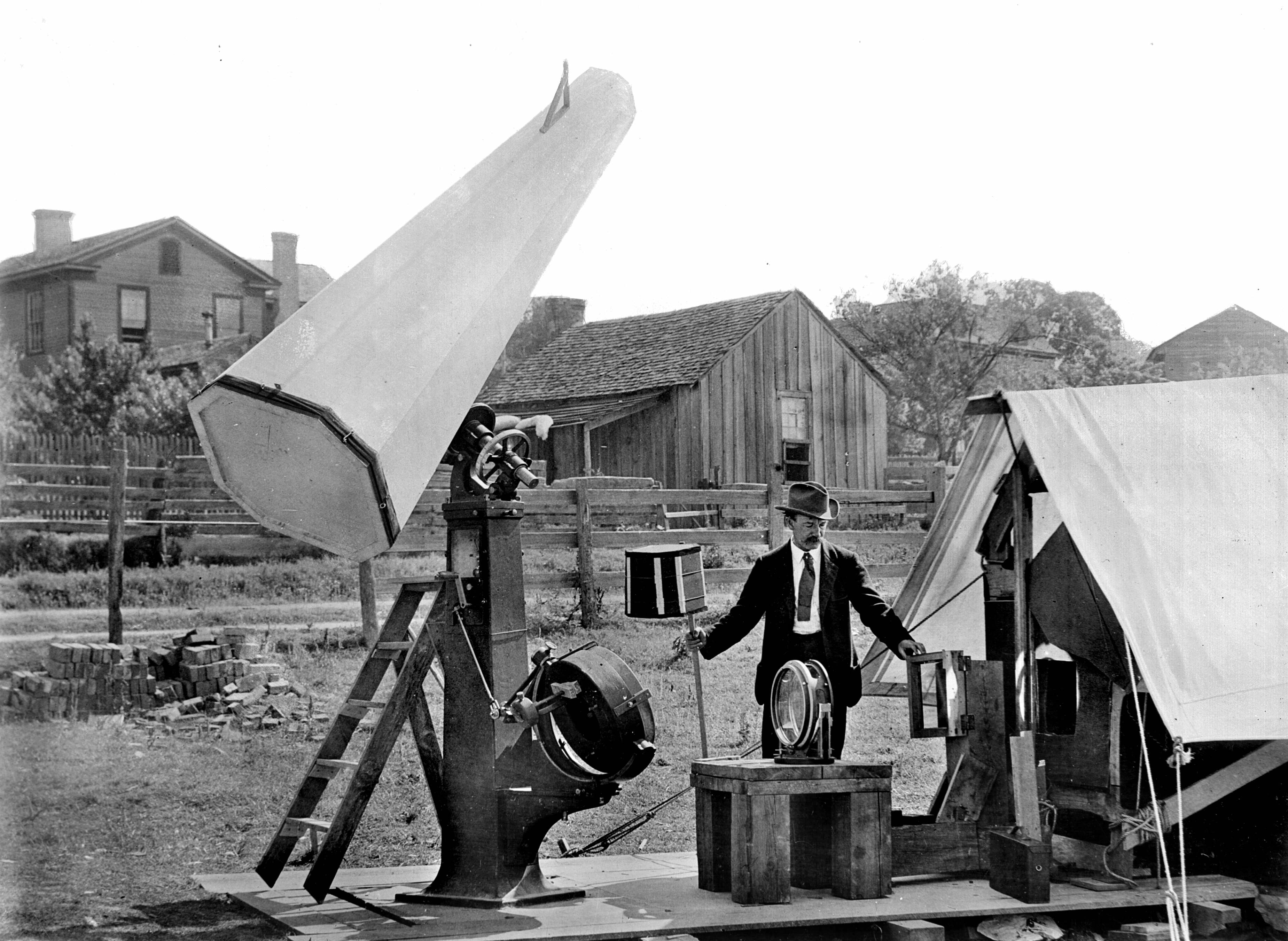
On May 28, 1900, a total solar eclipse passed over North America, the path of totality cut right through Wadesboro, North Carolina, U.S, making it a perfect location to study the eclipse. This photograph shows Samuel Pierpont Langley's Bolometre or coelostat with an equatorial photographic room installed in the camp set up by the Smithsonian Institute to study the eclipse.
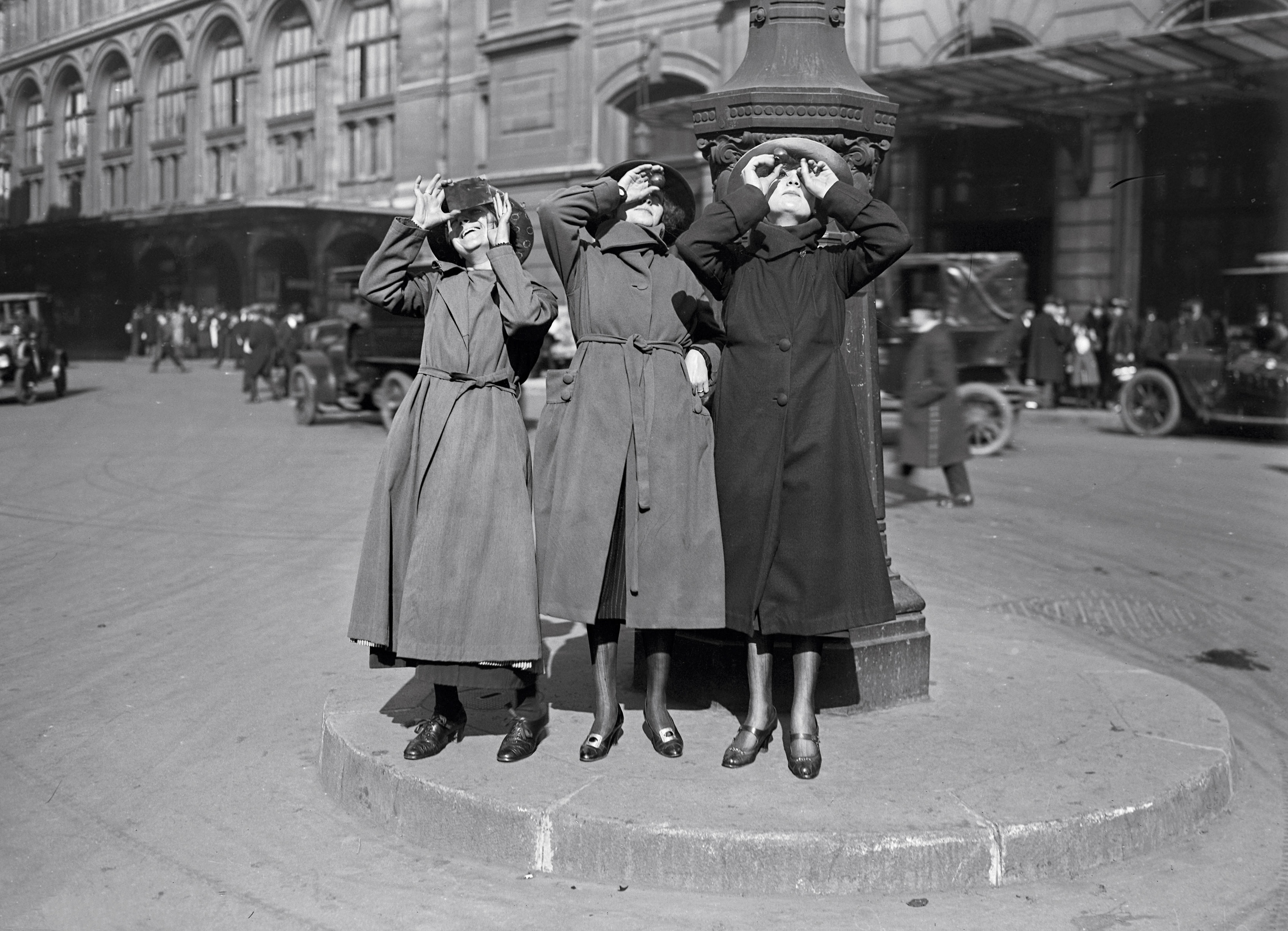
On April 8, 1921, a partial solar eclipse was visible over France. Here three women in Paris, France watch the eclipse unfold.
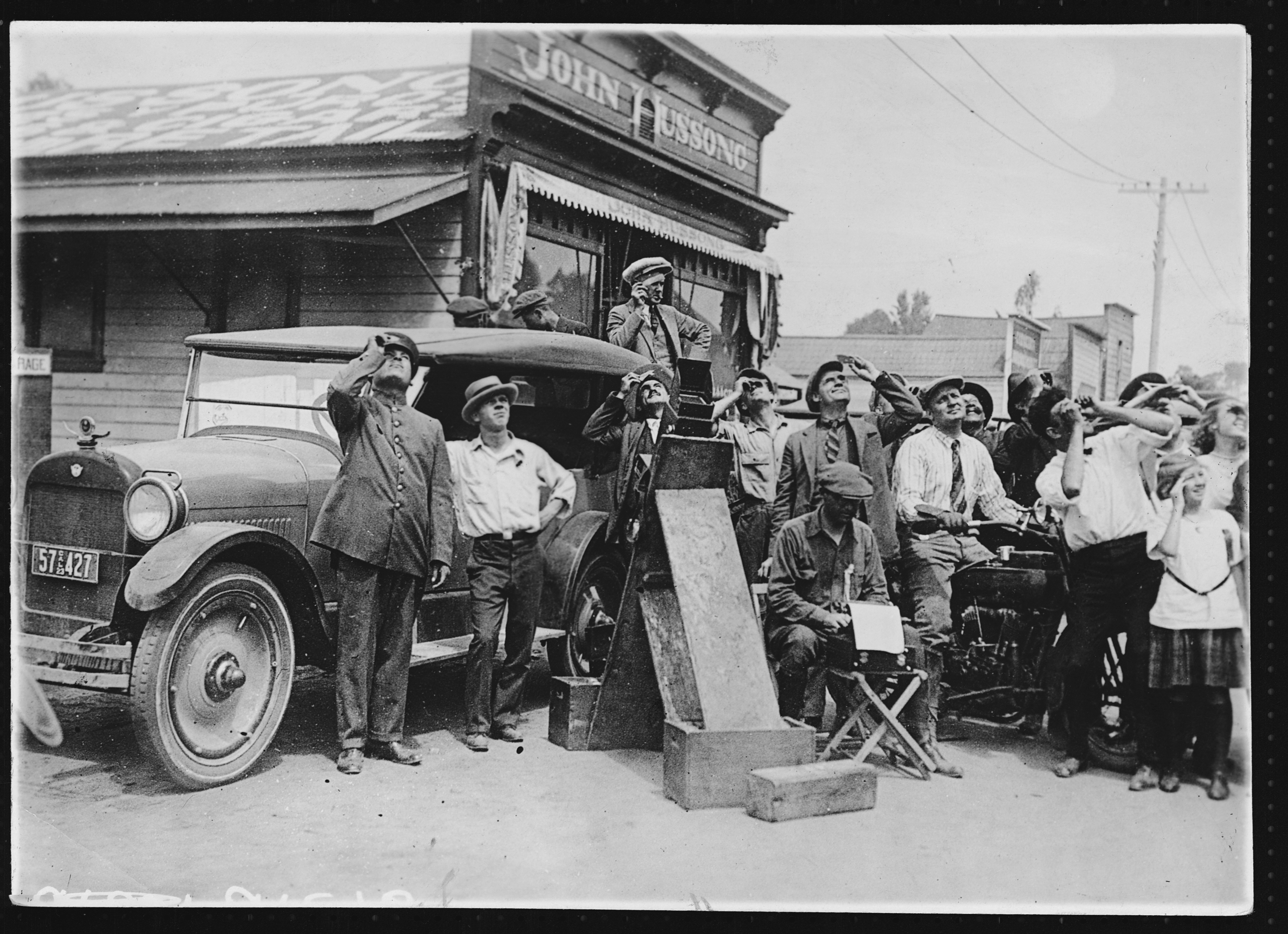
On Sept. 10, 1923 a solar eclipse swept across southwestern corner of California, crossing Point Concepcion, the Channel Islands, and San Diego.
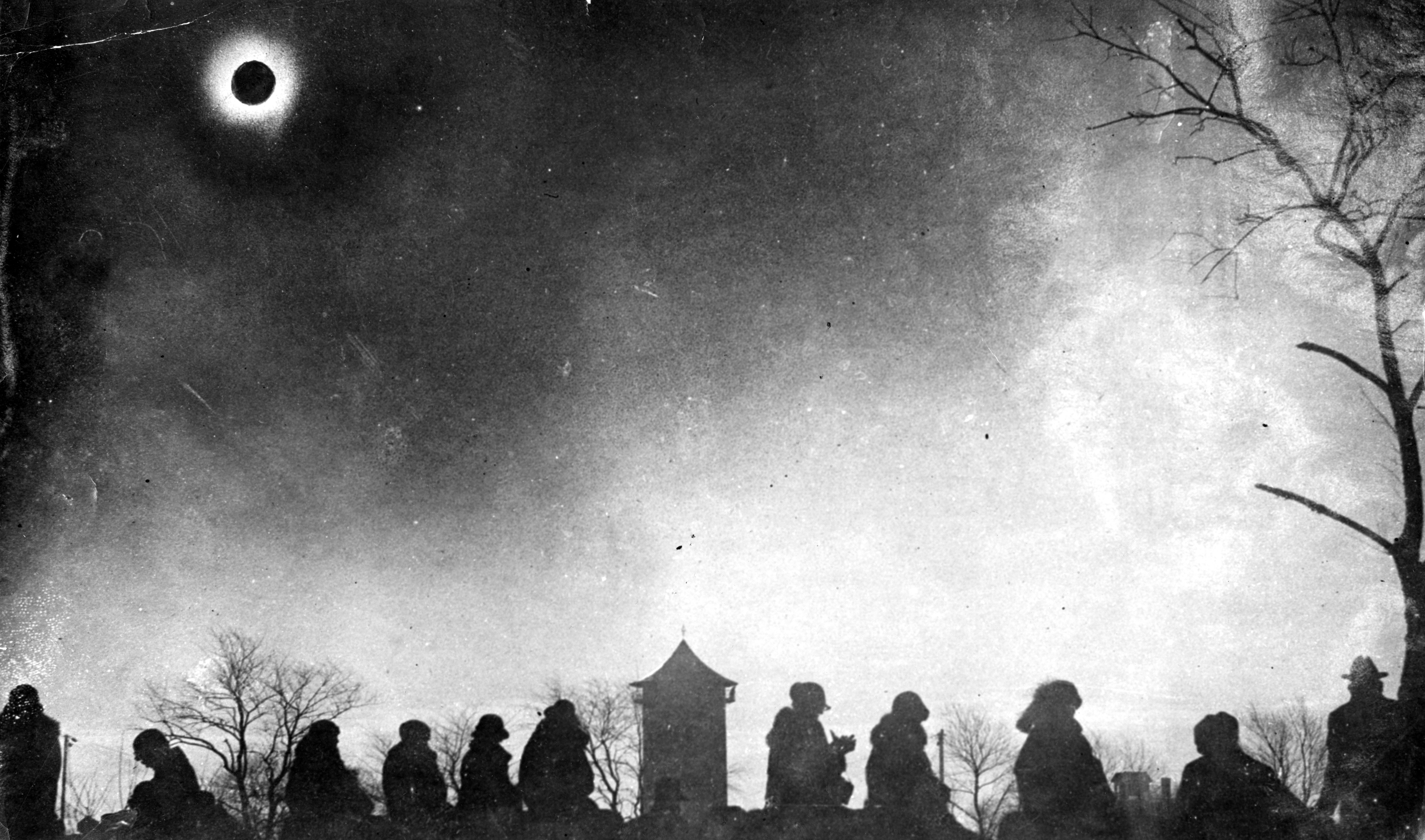
On Jan. 24, 1925, a total solar eclipse was visible above Vose Field in Westerly, Rhode Island. In this photograph, a group of people gather in zero-degree weather to watch the eclipse with the corona — the outermost part of the sun's atmosphere — visible during totality.
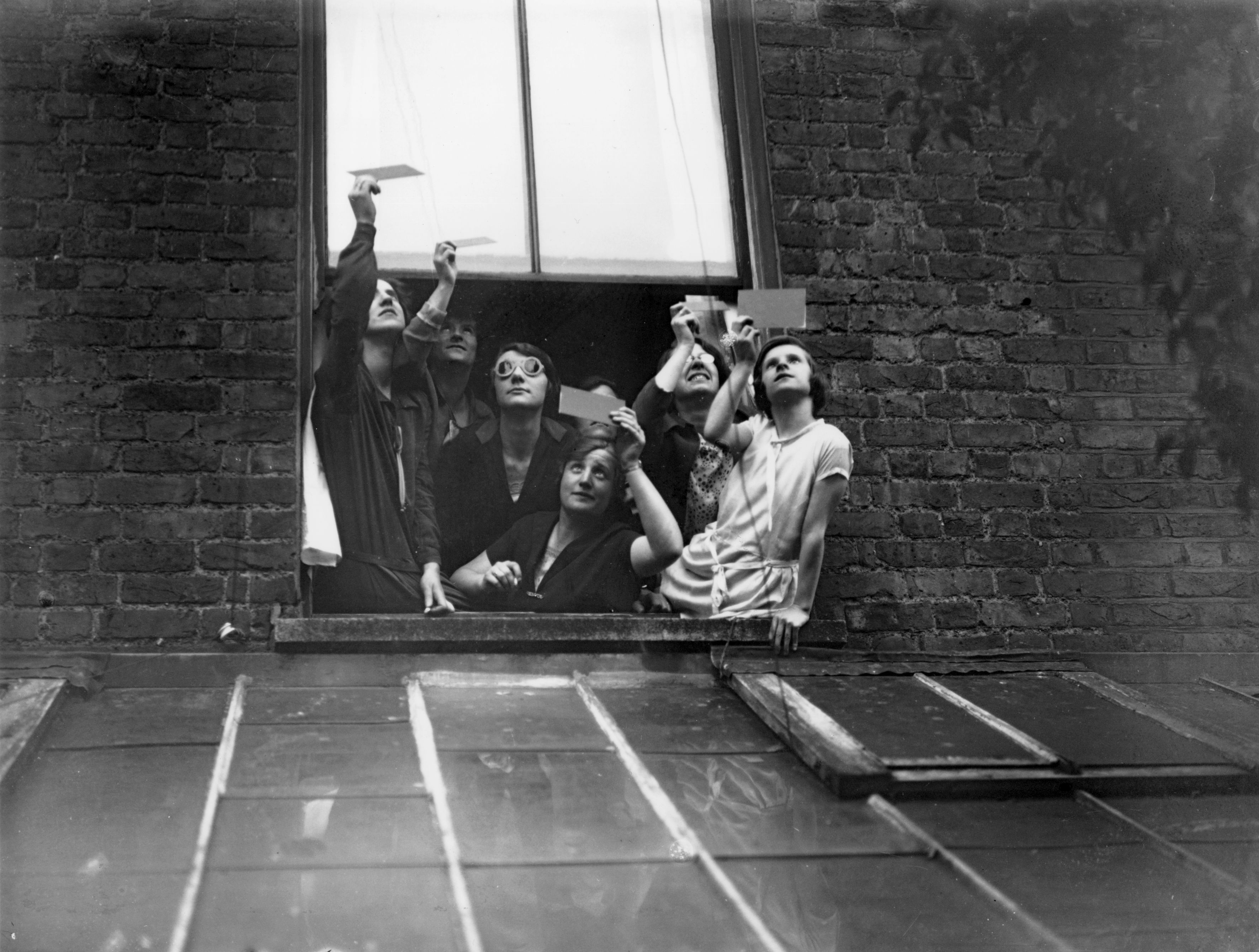
On June 29, 1927, a total solar eclipse was visible over the U.K., the first to be seen over the British mainland in 203 years. Here, a group gathers at a London window to view the momentous eclipse.
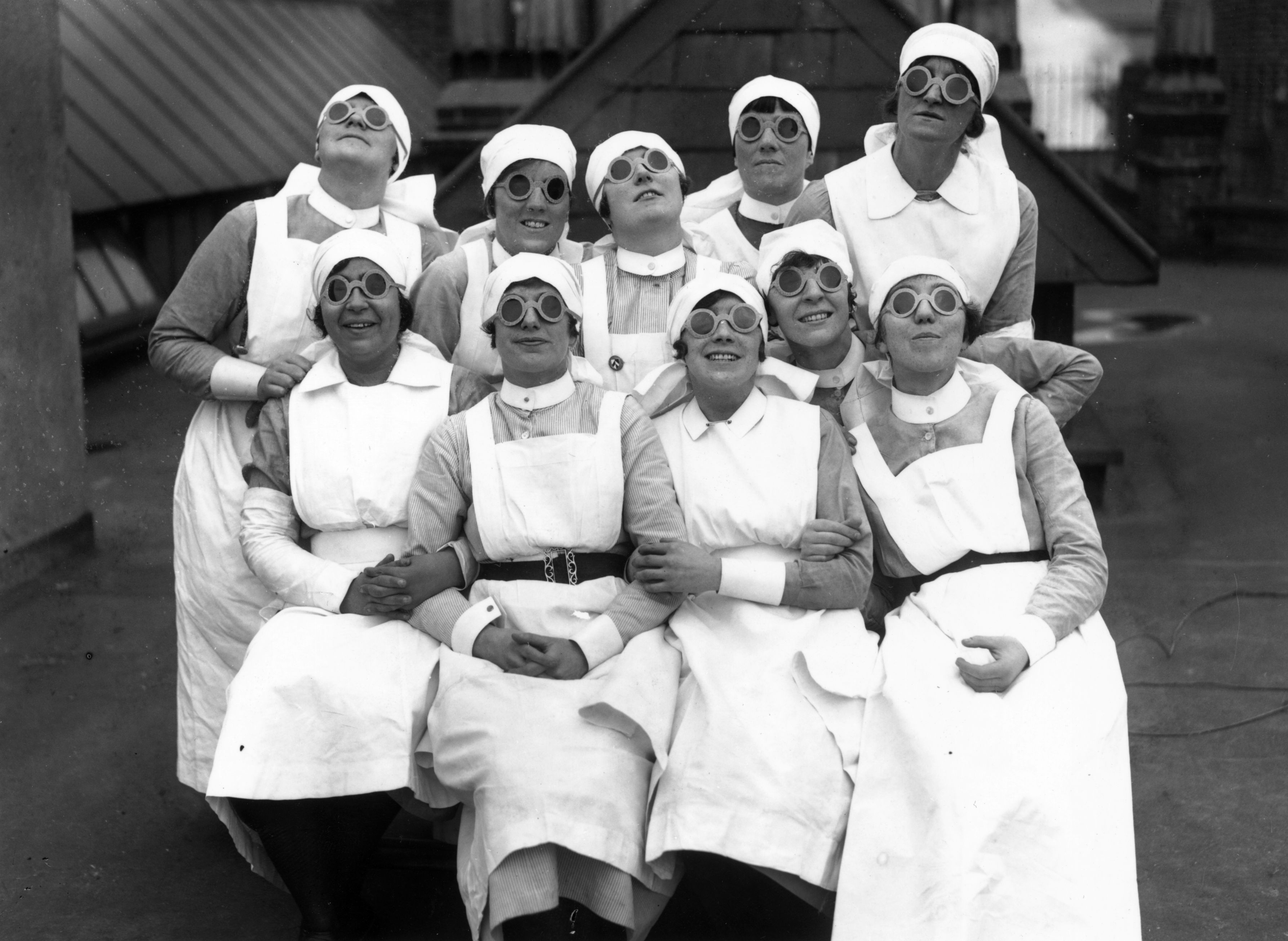
In June 1927 a group of nurses gathered to watch a solar eclipse that occurred over the U.K.
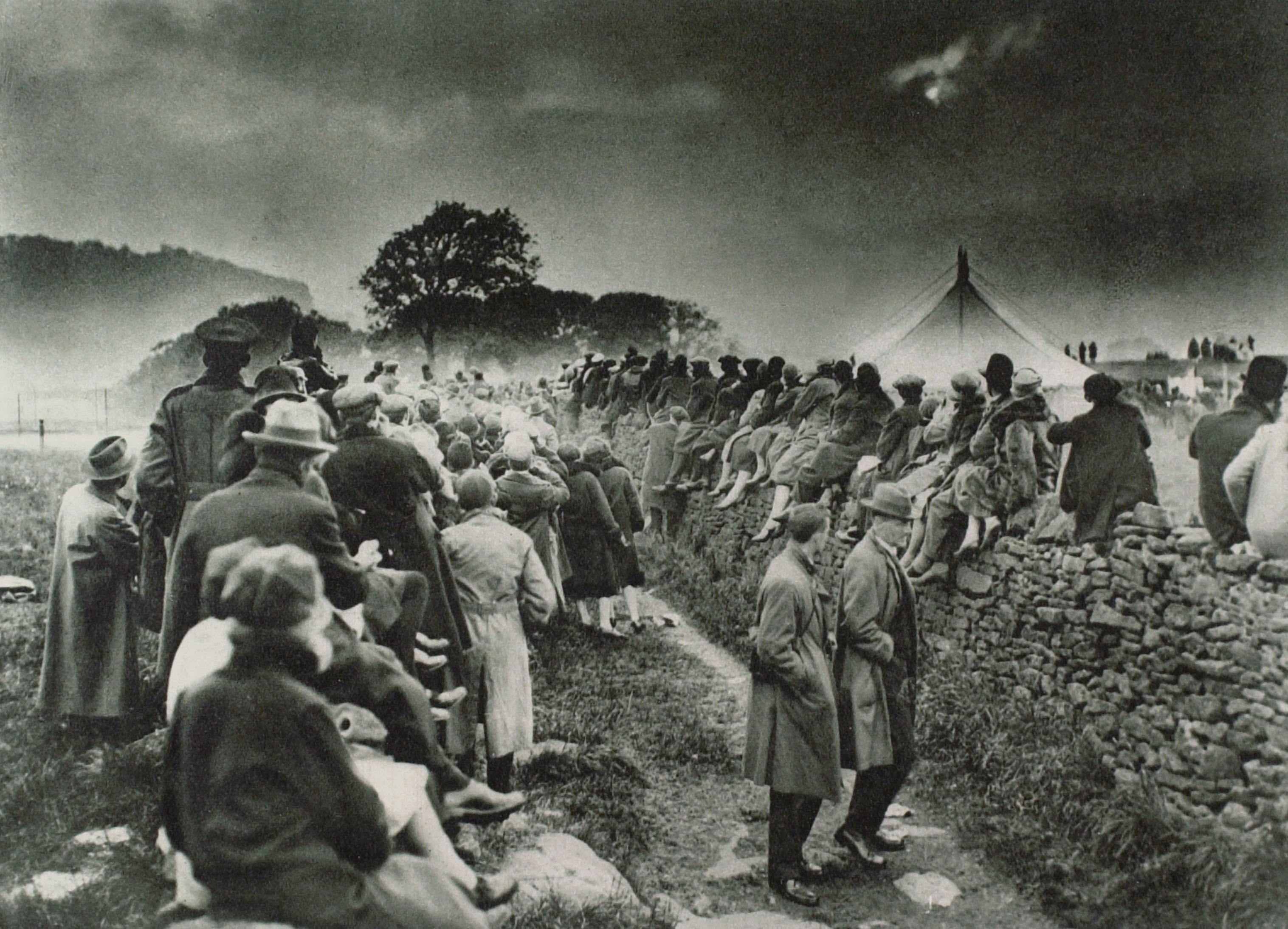
People on a hill near Giggleswick, North Yorkshire, U.K. watch the total eclipse of the sun on June 29, 1927.
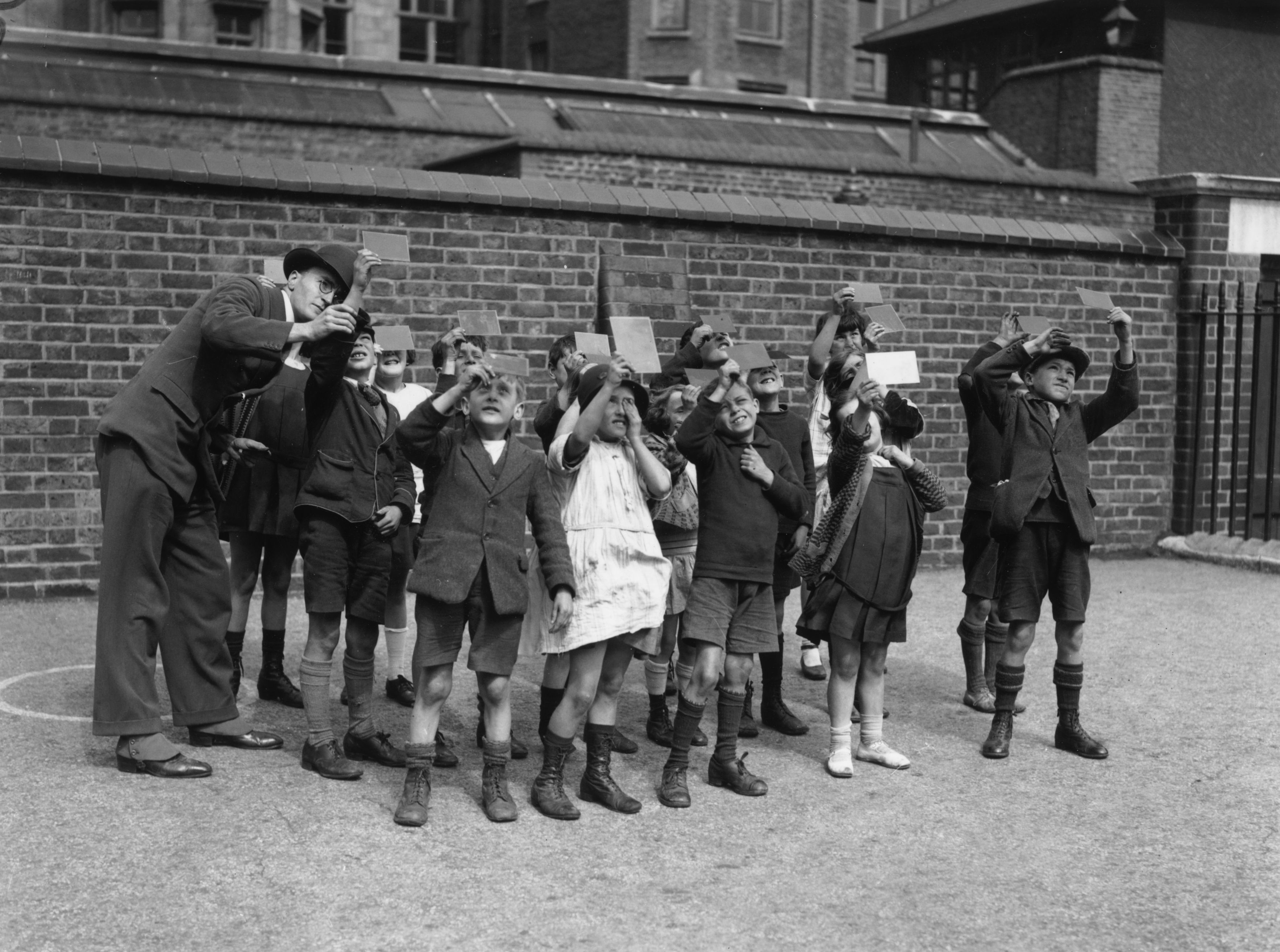
Here a London schoolteacher instructs his students not to view the sun with the naked eye but to use instead two dense photographic negatives sandwiched together to protect the eyes.
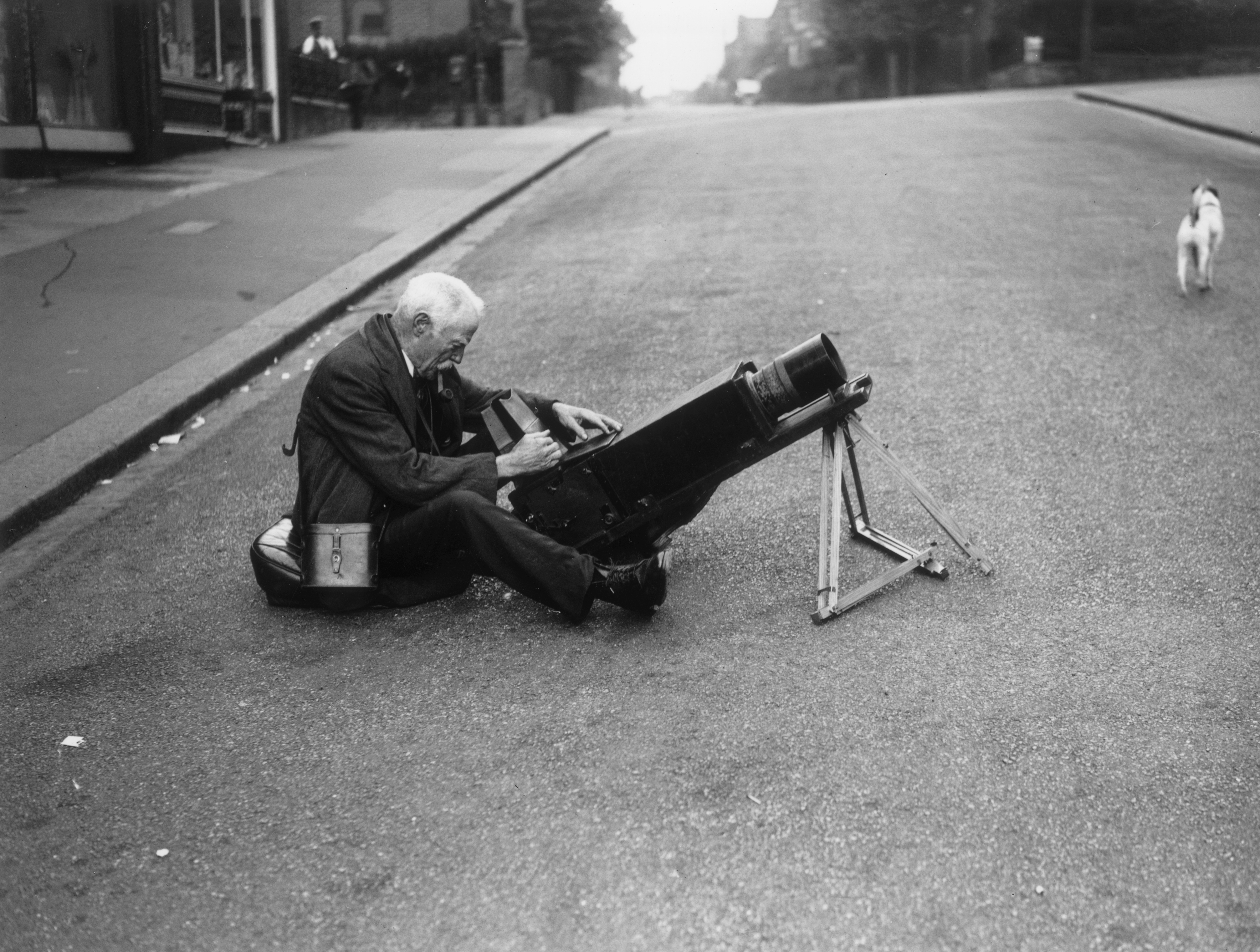
On June 19, 1936, a partial solar eclipse was visible above the U.K., here, an amateur astronomy photographer photographs the event from Northern Heights in Hornsey, London, U.K.
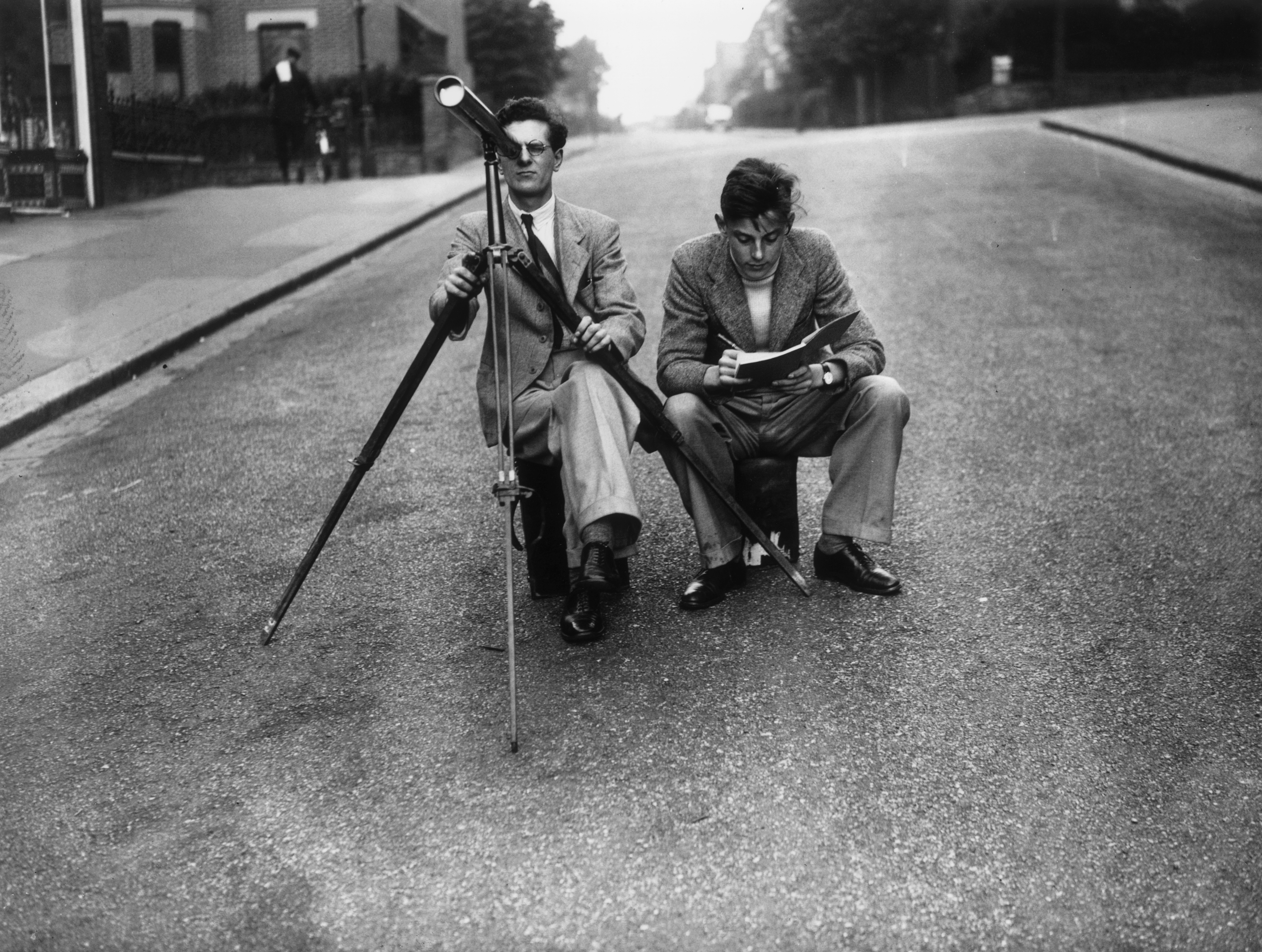
Two amateur astronomers study the partial solar eclipse visible on June 19, 1936, from Northern Heights in Hornsey, London, U.K.
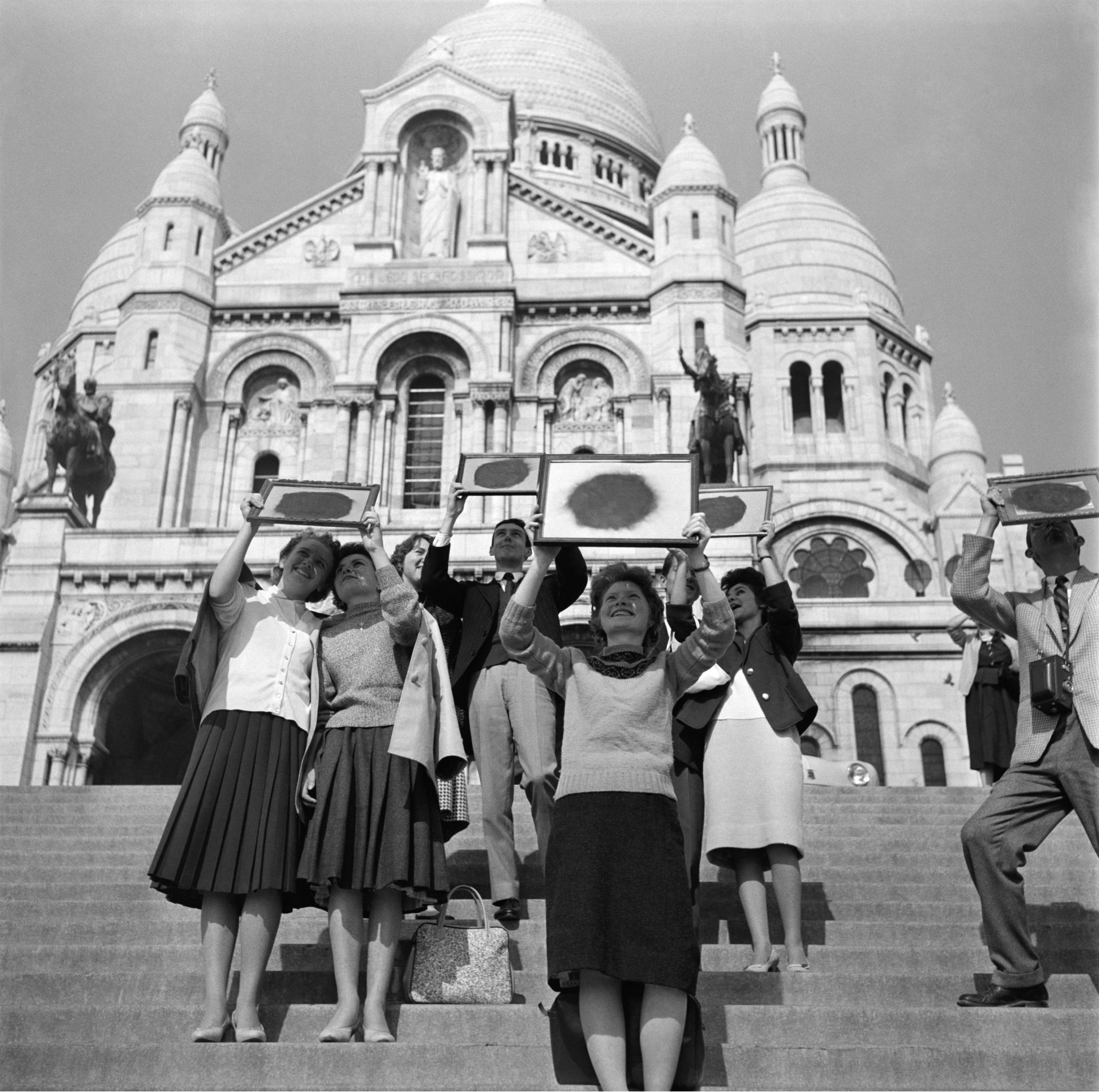
Crowds gather to watch a partial solar eclipse from the steps of Sacré Coeur, in Paris, France, October 2, 1959.
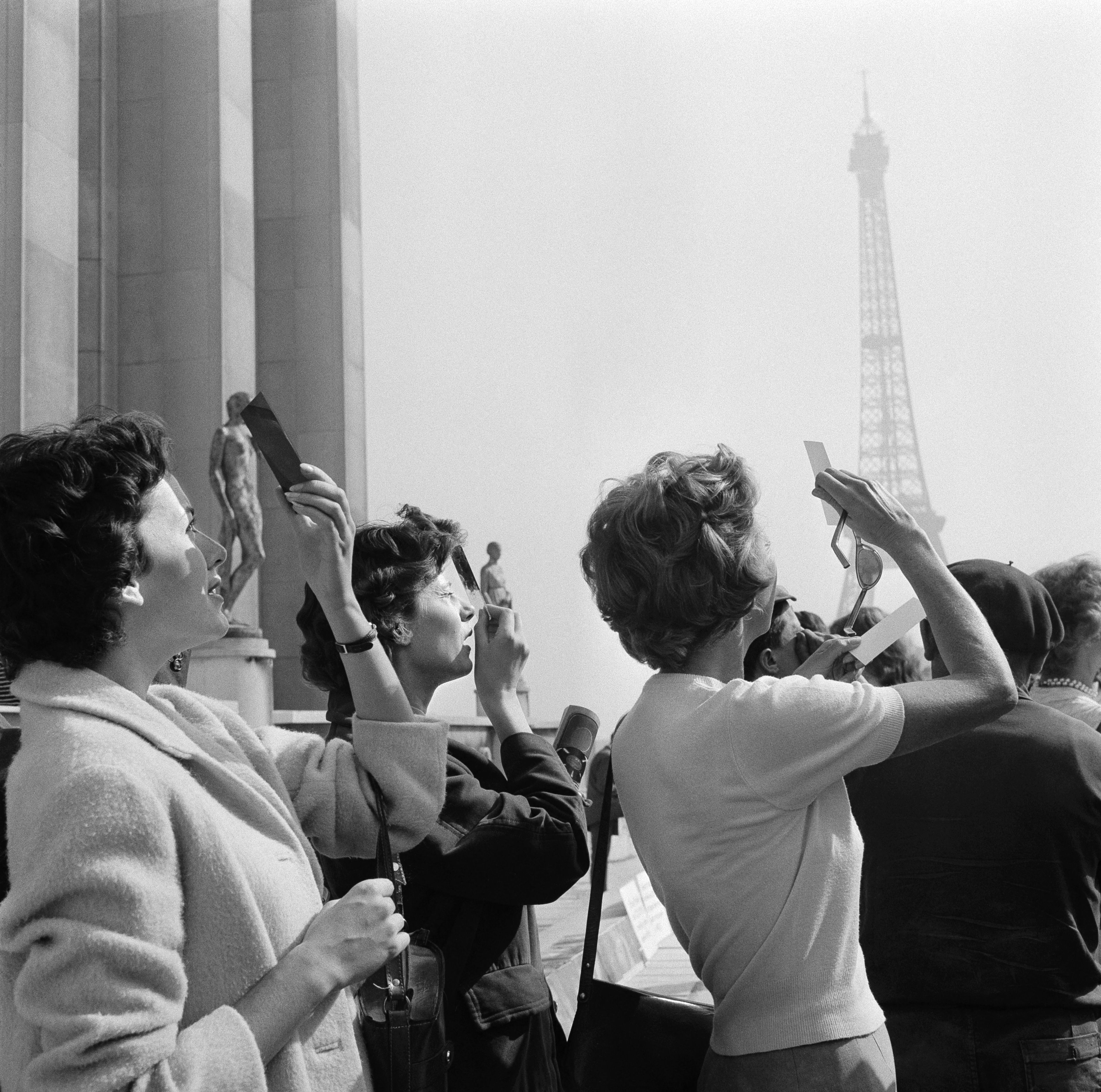
People observe the solar eclipse from the Trocadero esplanade on October 2, 1959, in Paris.
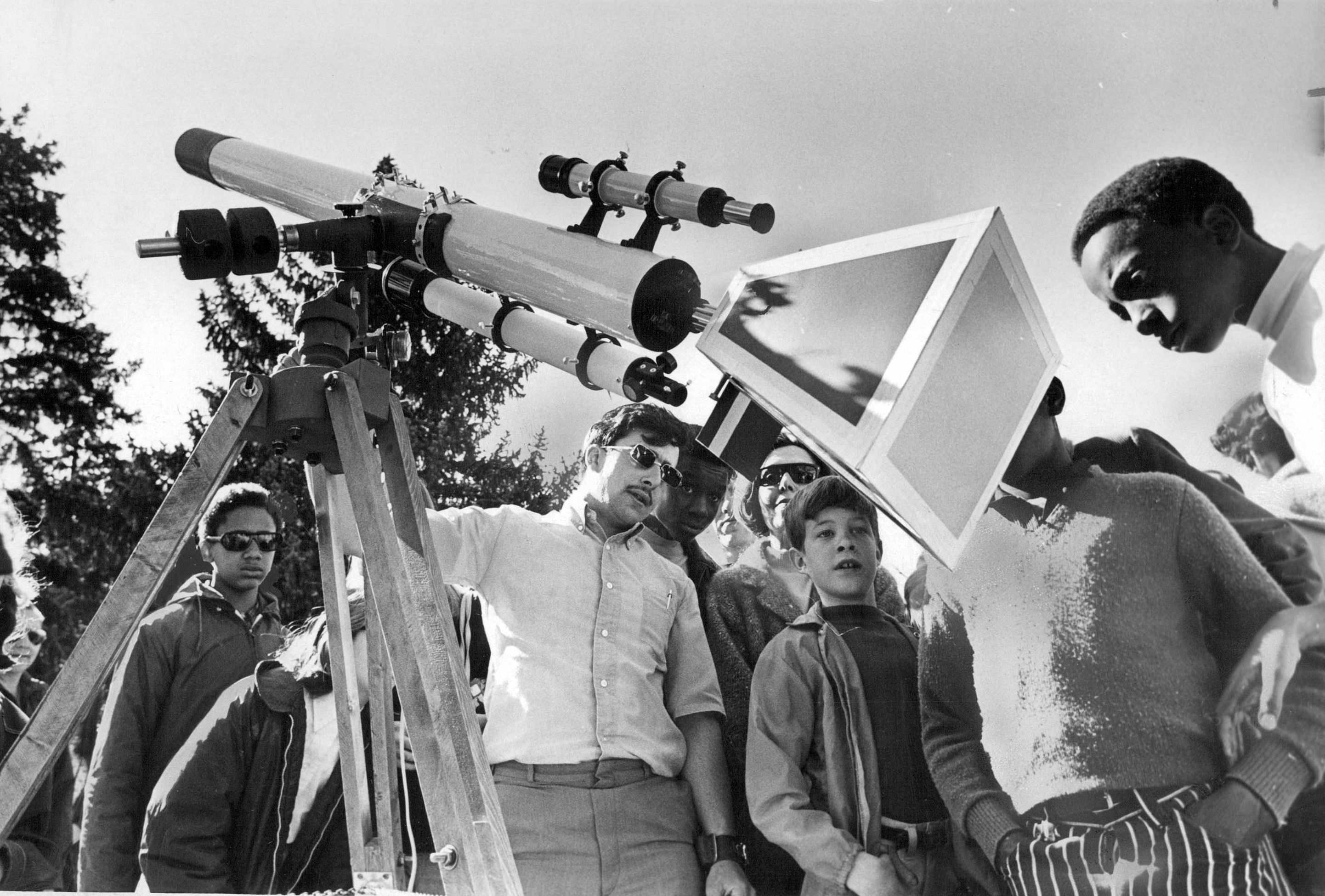
The total solar eclipse of March 7, 1970, swept along the East Coast of the United States and was rigorously observed and televised. It was known as the 'Eclipse of the Century.'
Here, a group gathers to watch the eclipse unfold on a projection screen rigged to a 4-inch telescope in City Park by Ron Tanguay, 1380 Peoria St., Aurora. In this area, only a partial eclipse was visible where the moon covered slightly more than 46 percent of the sun's disk.
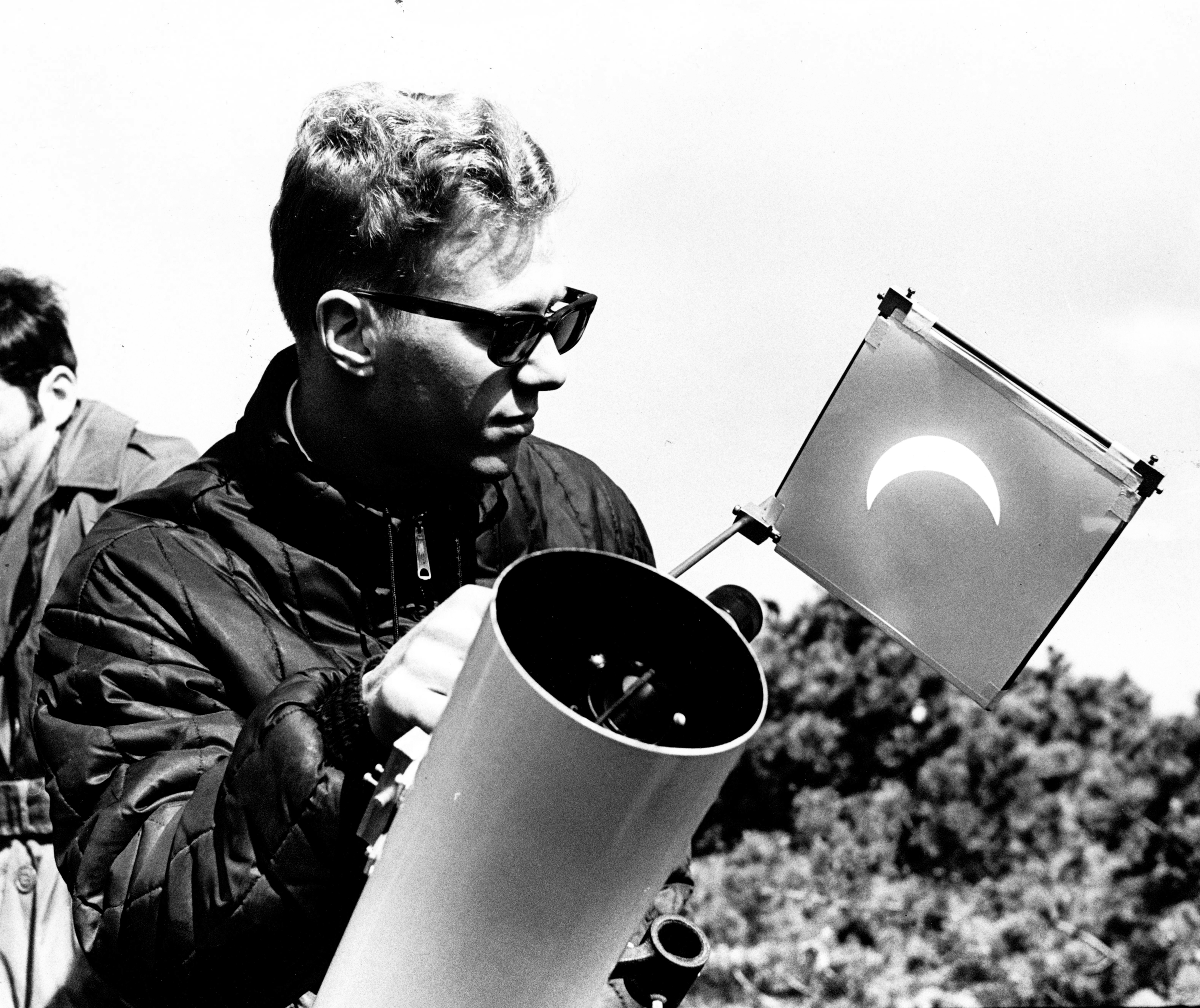
Ronald Cody, a second year graduate student in physics at Rutgers, uses a telescope to view the total solar eclipse in Nantucket, Massachusetts on March 7, 1970.
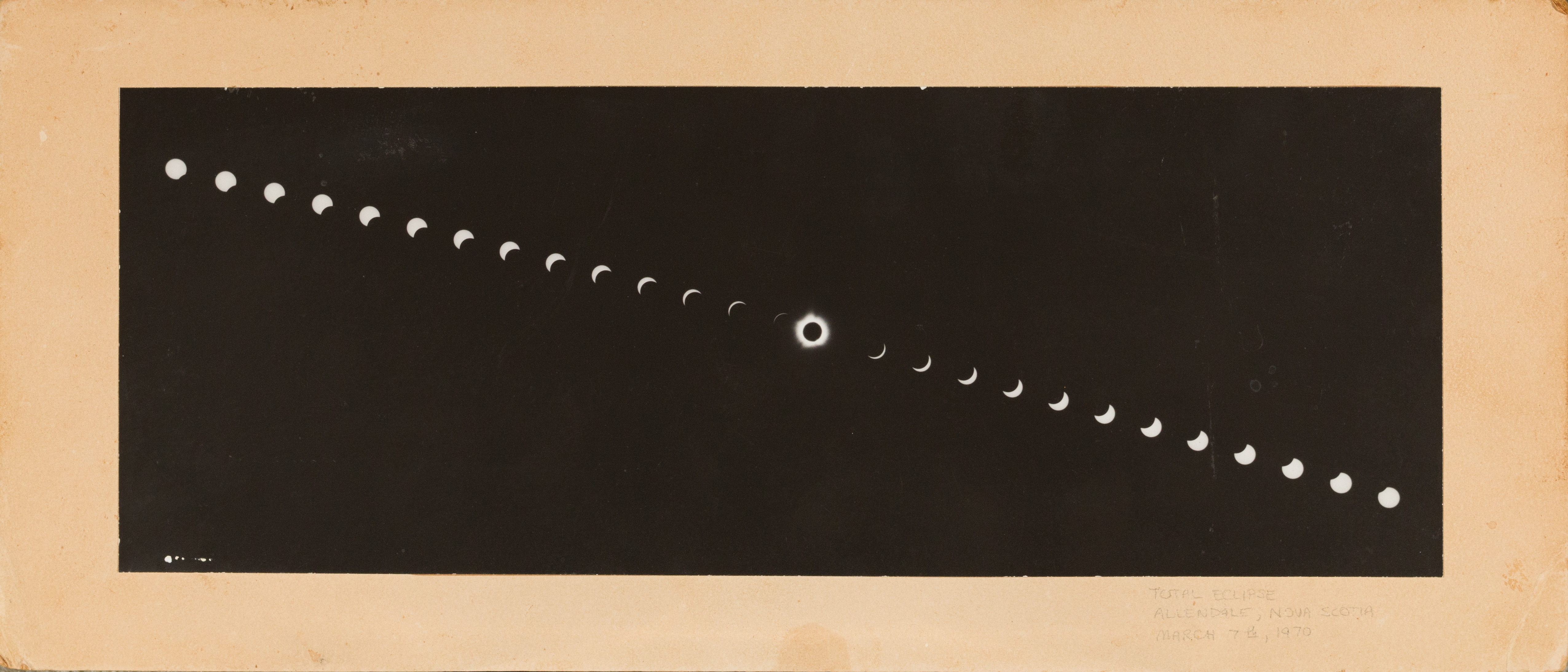
Jeff Fischbeck sent us this incredible image he captured in 1970 of the total solar eclipse on March 7. "It's printed from a multiple exposure taken on one sheet of black and white film," Fischbeck told Space.com in an email.
"The round trip of 2000 miles and driving 24+ hours straight each way to get back to college classes was well worth it." Fischbeck continued.
Fischbeck used a Crown Graflex camera and 3-1/4" x 4-1/4” Kodak Tri-X (ASA 320) film to capture the impressive eclipse sequence.
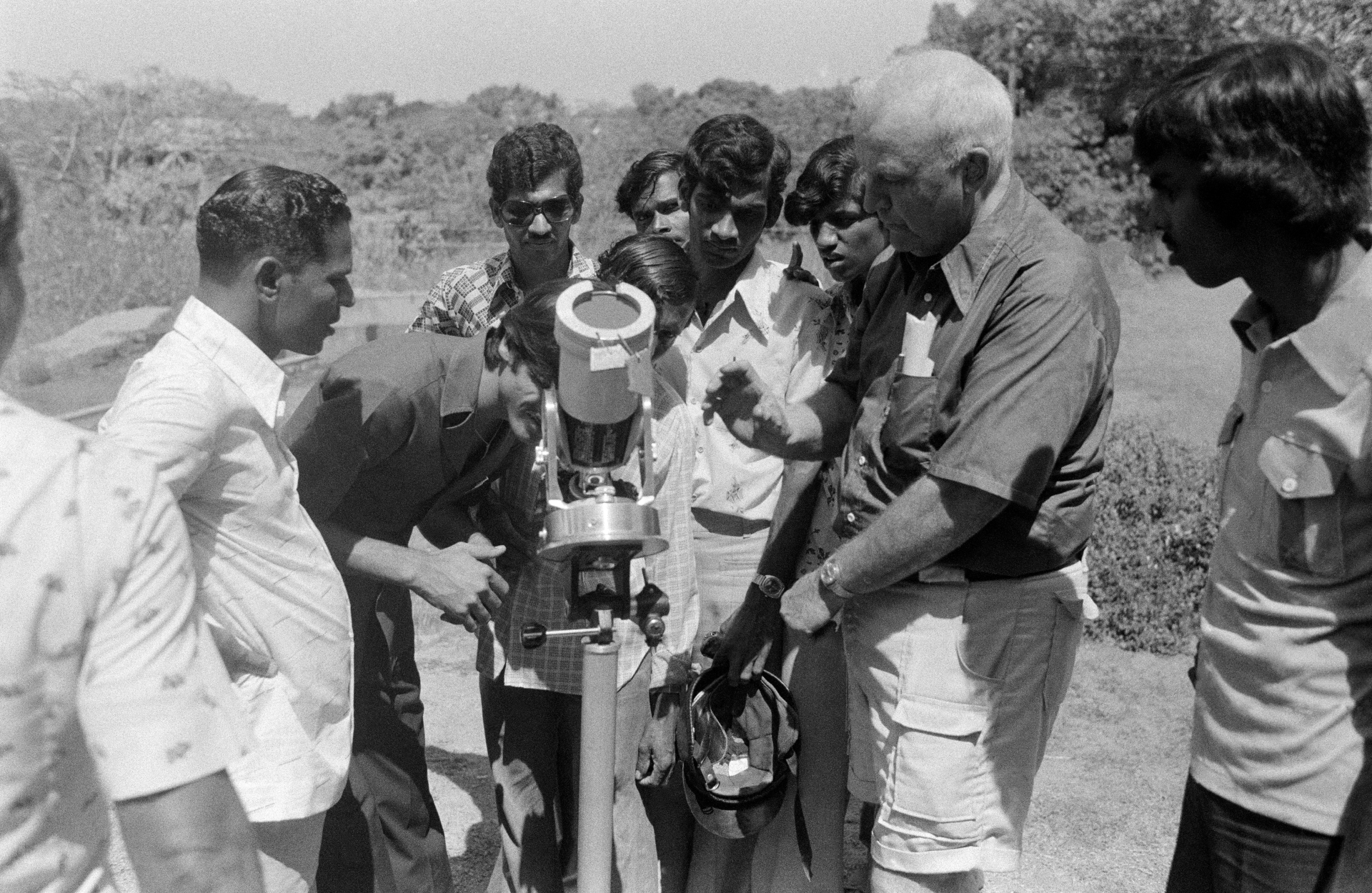
A group of people observe the solar eclipse with a delegation of scientists from Canada and the United States on Feb. 16, 1980, in Karwar, India
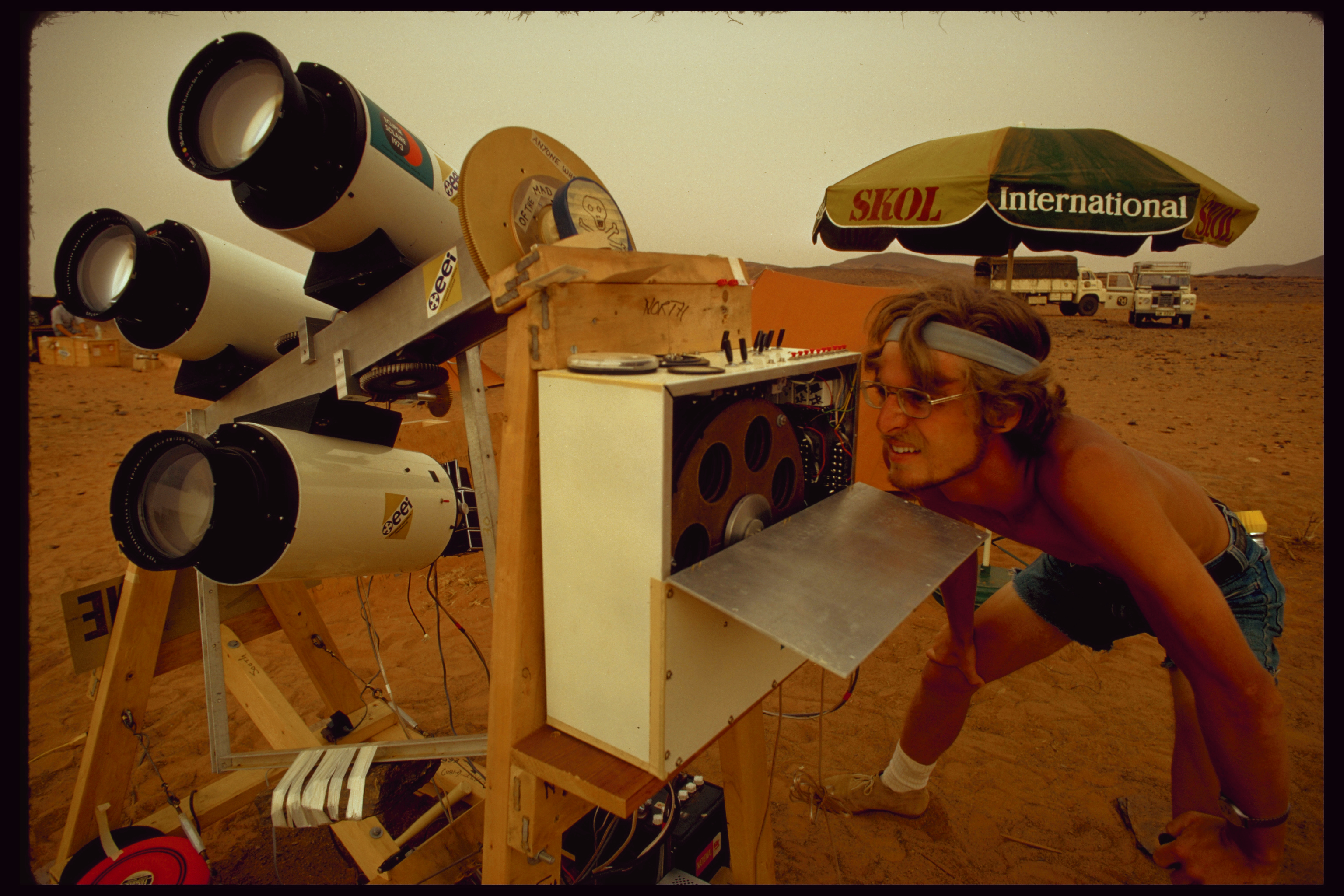
Long-time associate editor of Sky & Telescope magazine, Dennis di Cicco, prepares for the solar eclipse on June 30, 1973, one of the longest total solar eclipses of modern times.
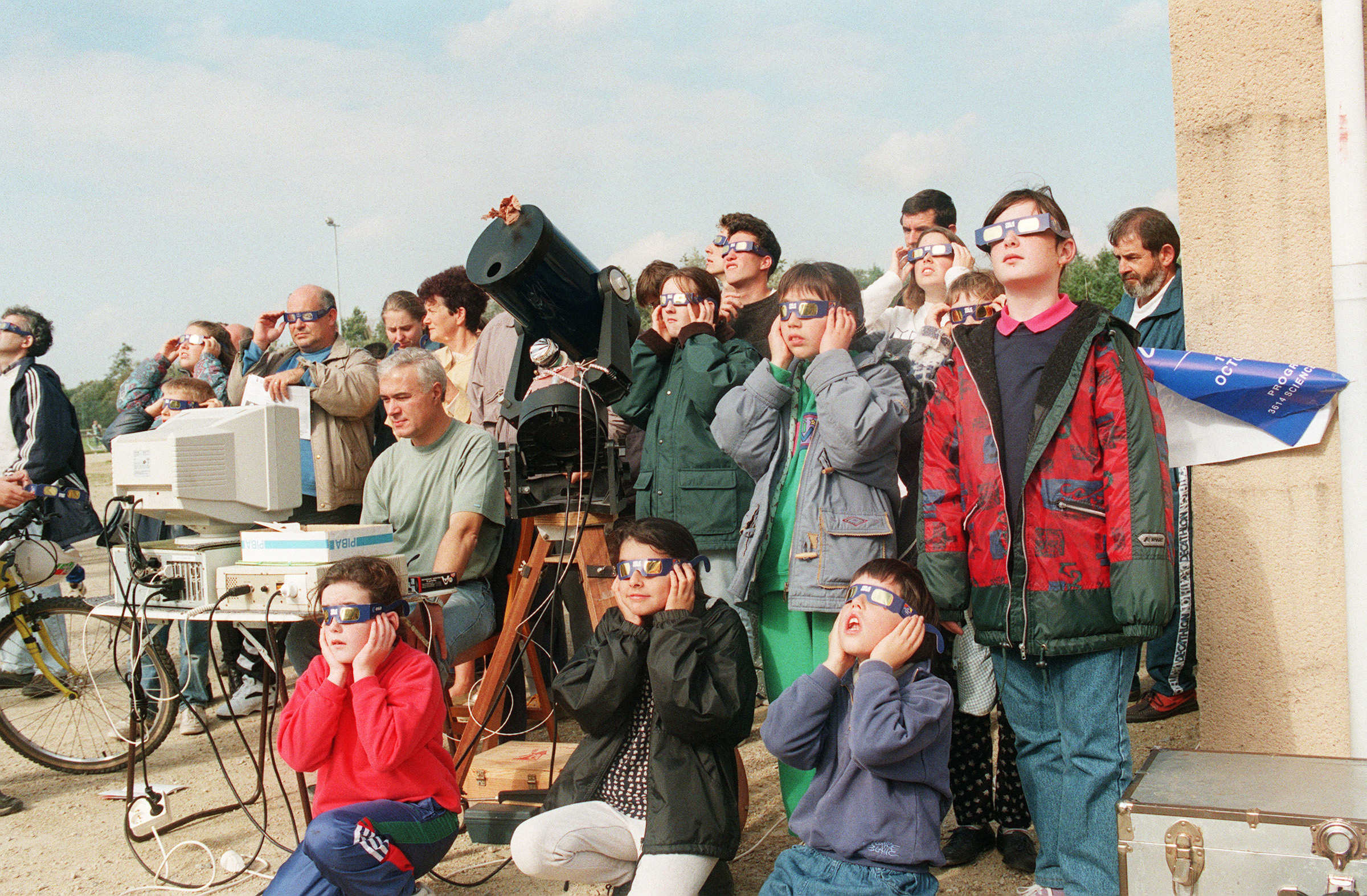
People gather to observe a partial solar eclipse with eclipse glasses on Oct. 12, 1996, in Saint Renan, western France.
Remember, to safely view the total solar eclipse on April 8 you must use solar filters. Only those in the path of totality will briefly be able to remove them to see the sun's corona with their naked eyes. Those not in the path of totality must keep them on the entire time.
Everyone observing the partial phases of this eclipse — and for those outside the path of totality, that's the entire event — will need to wear solar eclipse glasses while cameras, telescopes and binoculars will need solar filters placed in front of their lenses.
Our how to observe the sun safely guide tells you everything you need to know about safe solar observations.







